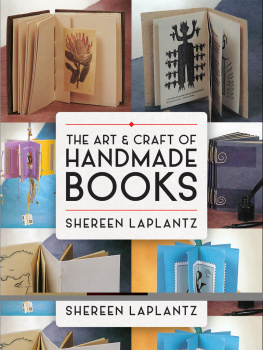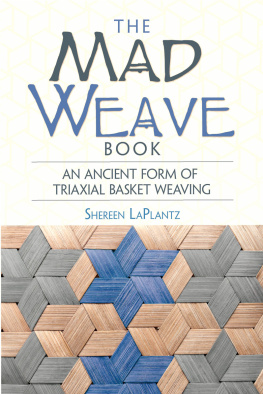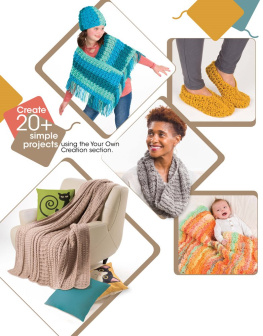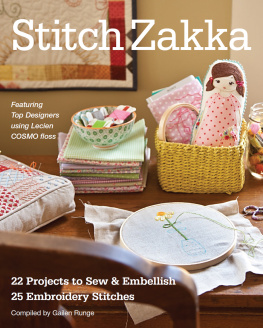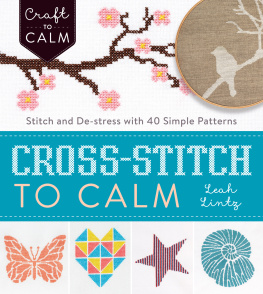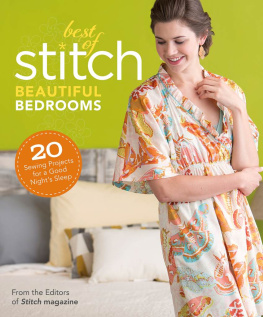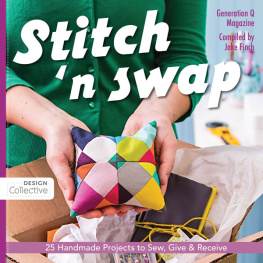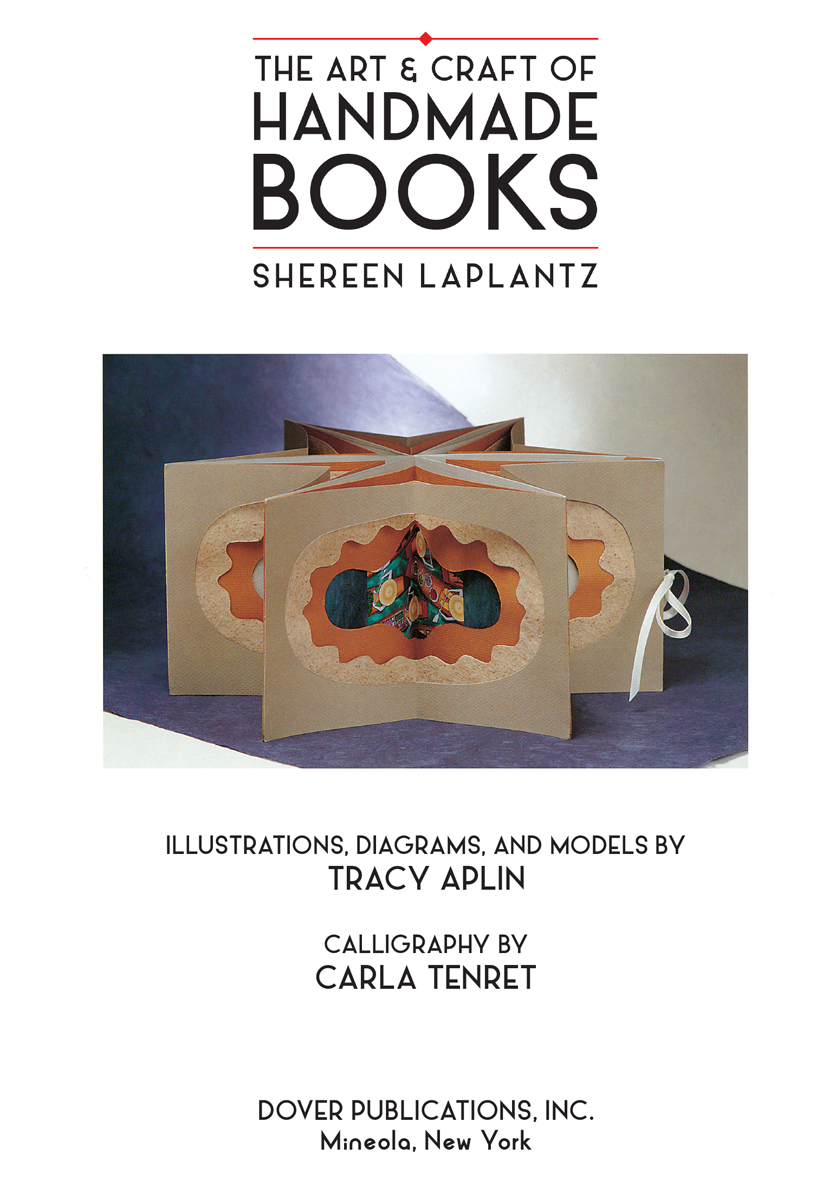
Copyright
Copyright 2001 by Shereen LaPlantz
All rights reserved.
Bibliographical Note
The Art and Craft of Handmade Books, first published in 2016, is a reprint of the work published by Lark Books (Sterling Publishing), New York, in 2001. It includes a number of changes and corrections suggested by the author.
International Standard Book Number
ISBN-13: 978-0-486-80037-0
ISBN-10: 0-486-80037-7
Manufactured in the United States by RR Donnelley
80037701 2016
www.doverpublications.com
C ONTENTS
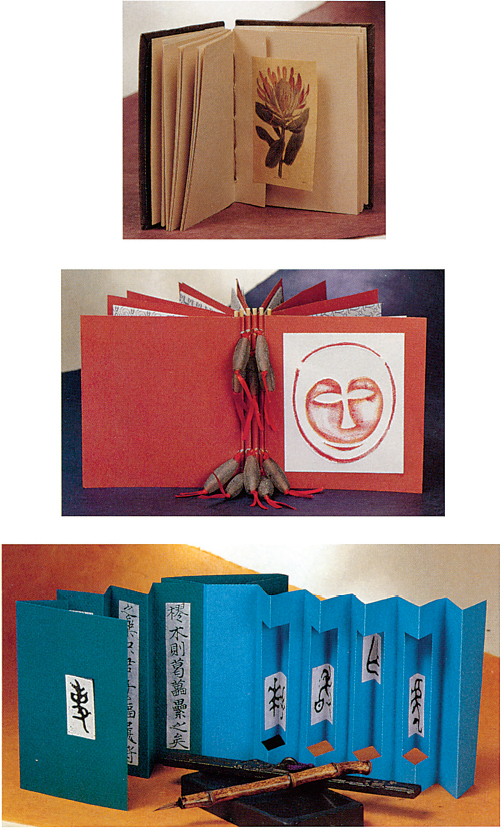
I NTRODUCTION
W hen I was an art student in the 60s, my classmates and I wore olive green turtlenecks and made Japanese stab bound books for our haiku poetry. At the time, few classes on bookbinding were available, and the one I did take was somewhat uninspiring. The definition of a book in those days was static: it was something that looked like a library book, and covers were the only place to express creativity. I wanted to create objects with more personality, so I turned to other art forms. As the years went by, I kept the idea of making books in the back of my mind. I knew people who worked for small presses, and their work interested me, but didnt ignite my imagination. Finally, nine years ago, after exploring the medium of basketry for 25 years, I decided to try something new. Thats when I rediscovered book arts. Incandescence happened.
In the years that have passed since my introduction to the field, an incredible movement has developed. Book arts is now a vibrant medium where creativity can be expressed through techniques, materials, formats, and content.
Its an exciting time to be making books. Artists are experimenting, pushing boundaries, exploring historical ideas, and applying familiar techniques in new ways. Technology provides invaluable tools. With a relatively low-cost computer system and a printer, its easy to combine text and illustrations. You can now create images at home that in the past could only be made by a professional printer. Today, anyone who wants to make books can easily find instruction and inspiration. This book is a place to start.
W HAT IS A B OOK?
Ask yourself the question What is a book? Each of us may have a different definition. My definition is changing, but essentially I think a book must connect elements, such as panels or pages, and should follow a sequence. A newspaper has multiple pages, but doesnt feel like a book because the information isnt sequential, and the pages arent all connected. A comic strip doesnt feel like a book. Although its sequential, its all on one piece of paper. Then there are scrolls. Theyre not multiple. Perhaps scrolls fit a whole different category.
A RTISTS B OOKS
Book arts is a fairly new medium, so there arent any rules yet. Since artists books evolved from the tradition of bookbinding, many people think about them from that perspective: a traditional book has a set format, and the content of the book conforms to that format. Artists books, however, are created from a different perspective: the focus is on the content, whatever it may be (illustration, typography, text, etc.), and the format, materials, and binding style are chosen to best complement that content. Consequently, artists books feature more exposed and flexible bindings that allow pages to fan out in a partial circle, displaying the books interior.
I believe there are six basic elements in artists books: typography, illustration, page design (helping the viewers eye to move around the page), text, binding structure, and presentation. If all six elements are blended together, they will enhance a books theme, and in general, the book will be successful. Creating a book is a process: theres no right answer, only continued growth and creativity.
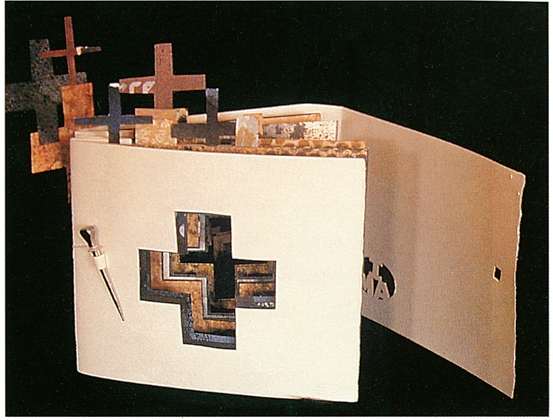
Ruthie Petty,I Am, 1999. 6 7 1 inches (16.5 17.8 2.5 cm). Concertina; bristol board, business papers; water-color and calligraphy.
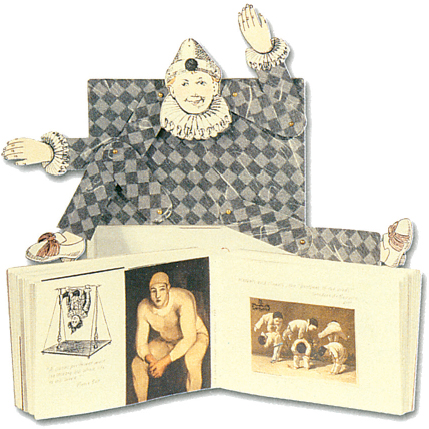
JoAnna Poehlmann,A Clamor of Clowns, 1990. 4 6 inches (11.4 16.5 cm). Concertina; board, rice and printmaking papers, ribbon; calligraphy, collage; rubber stamped and photocopied. Photo by Debra Walls
E XPLORING B OOK A RTS
Making artists books is for everyone, from the preschooler on up. You dont have to be skilled at illustration. Clip art, collage, rubber stamps, prints, photos, and calligraphy are also great for images (please respect copyrights). Computers also allow us to manipulate a simple drawing into something more sophisticated, and combine it with words to make a page.
In this book, well explore seven different techniques for making artists books: concertinas, slit concertinas, star tunnels, pamphlet and running stitches, tacket binding, Coptic stitch, and recessed skewer binding.
Starting with instructions for creating a basic concertina or accordion fold book, each chapter will build upon what youve already learned and introduce new skills. Well also look at ways to combine techniques to create more complex books and explore new structures. Think of techniques as a vocabulary. The more techniques you know, the more youll be able to express through your books.
The first project in each chapter will include a complete materials list, and youll find suggestions for appropriate materials to use for the other projects and variations in each chapter. Use these suggestions as a jumping off point; the models are meant to inspire you. Alter or adapt materials, instructions, and techniques to create your own designs.
This book also includes information on imposition (getting pages in the correct order), book mapping, parts of a book, and suggestions for book content. Not every book has to be blankuse your pages creatively.
Finally, to jump start your imagination, the gallery images in the book will show you some of the exciting ways that book artists are stretching boundaries and creating inspiring, beautiful, and thought-provoking books.
M AKE THE B OOK Y OUR O WN
I believe in transmutation. That means adjusting your thinking, like your bindings, to fit your needs. The best definition of creativity Ive heard came from my grandmother. She made art form owls into refrigerator magnets. Returning from graduate school at the Cranbrook Academy of Art, I asked her where she got the materials. She admitted that they came from a kit, but also that she had made so many improvements that the kit wasnt recognizable anymore. Please, make improvements. Transform artists books into an even more vibrant medium.
THE BASICS
I n this section, well review the vocabulary, materials, tools, and techniques youll need to make the models and variations in the book. As you read, you may come upon terms that are unfamiliar to you. For clarification, please refer back to this section, the illustration on .
Although well discuss a variety of terms used by book artists, please keep in mind that its the book youre making that counts. Its possible to create a beautiful, exciting, fun, wonderful book without knowing any of these terms. Its equally possible to know all the terms and make an unappealing book.
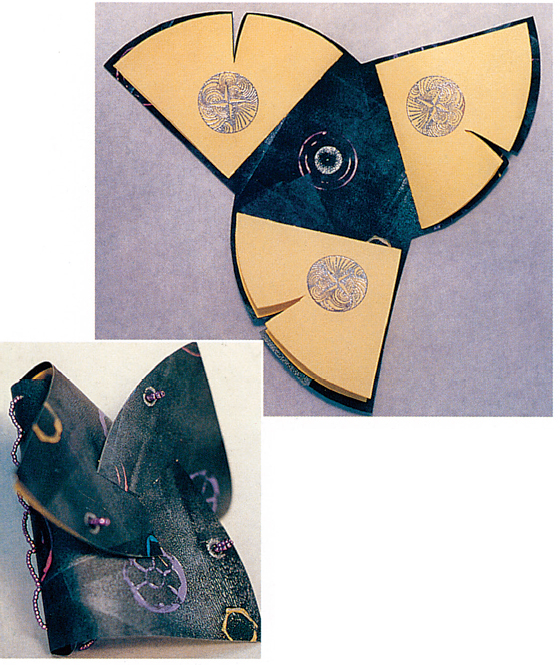
Next page
